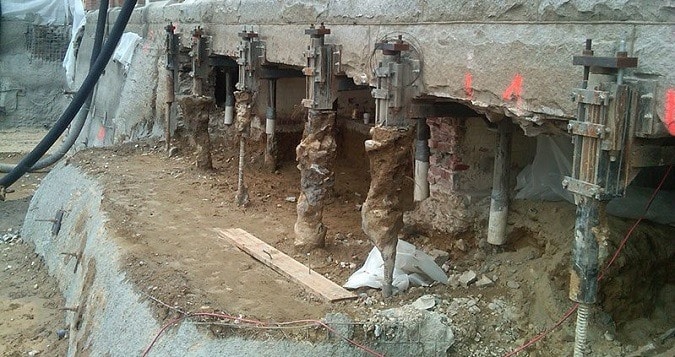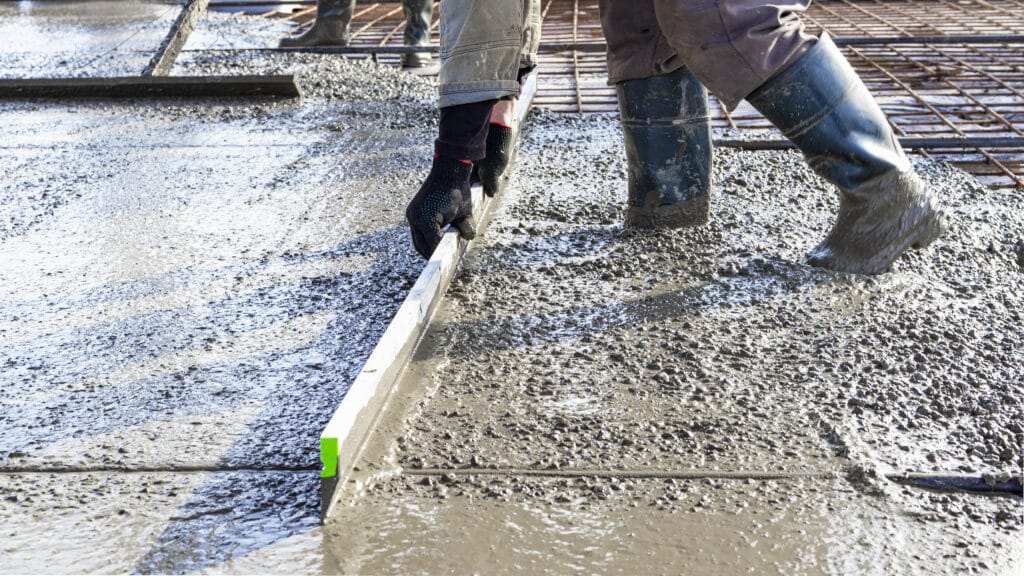Foundation underpinning strengthens existing buildings’ bearing capacities and may prevent structural damage down the line. The technique involves excavations through controlled sections (known as pins ) of limited length beneath their existing foundations to strengthen them further.
Depending on the soil beneath a building, contractors may use push piers (mechanically screwed into the earth until reaching stable ground) or slab piers to support concrete foundations and prevent heave.
Needle and Pile
Underpinning Melbourne foundations using this method is a popular technique. Since it takes place outside of your property, no disturbance to its interior occurs during this process. This technique is especially suited to new builds constructed on clay-rich or unstable soil.
Step one of this project requires placing two micropiles at an appropriate distance from an existing foundation wall using a piling rig, followed by cutting a hole large enough for cantilever needle beam. Step three requires casting an RCC cantilever needle beam over piles and filling any open areas with soil backfill.
This method can be used to underpin walls in an uninterrupted line without needles or shoring, though its load transfer capability may be limited. If columns are weak, other underpinning methods, like traditional or jack pile pile methods with dead shores should be employed instead to transfer their loads onto stronger foundations and transfer the load transference onto them.
Jack Pile
Foundation underpinning with jack piles is one of the most cost-effective means of underpinning existing walls, particularly where traditional methods would be uneconomic due to deep load bearing strata layers.
This technique employs the dead weight of the structure to drive jacks into the ground with sufficient penetration resistance for an individual pile’s bearing capacity (and therefore penetration resistance is directly correlated to bearing capacity). This quiet, vibration free operation makes this ideal for use in areas with restricted access.
Concrete piers (jack piles) are driven into the ground until they reach load bearing strata, then spacers are installed between each pier and an existing wall. Next, hydraulic jacks are inserted and expanded until breaching gaps between steel bars – once done they can be removed and filled with grout to form stable foundations for existing foundations to span over before an artificial cap cast onto each of the pile heads completes this foundational solution.
Mass Concrete
Mass concrete underpinning is the go-to option when it comes to underpinning. This process entails excavating sections of soil beneath an existing foundation in controlled stages called “pins”, until suitable bearing strata exists at that depth. Each pit excavated then receives concrete injection, before the next pin is excavated and filled in before returning back out again for excavation.
Cantilever pit underpinning is a variant that may be employed when increasing the width of a wall footing in only one direction. This method works well if access to existing foundations is limited and any voids created should be filled using dry sand and cement packing mortar to support both new and existing foundations adequately; due to mudjacking and polyurethane underpinning materials not offering long-term solutions. Each excavation should also be inspected by both structural engineers and building control surveyors prior to concreted.
Driven Piles
Driven piles are long, slender foundation elements composed of natural or synthetic materials, driven into the ground with purpose-built heavy equipment to provide foundation support in hard to reach areas, such as those with high water tables. This solution may not be appropriate in all instances.
Driven piling is well suited to clayey soils as the shaft of the pile increases in strength and bearing capacity post installation as a result of pushing an equal volume of material sideways and compacting its surrounding zone around the pile – this process is known as setup and is one of the main considerations when designing any pile.
Piles may either be driven directly into the ground, or concrete can be poured directly into drilled holes. Both methods have their own distinct advantages; usually one will be recommended depending on your project and ground conditions (a bored pile is often preferred for working on sandy plots).


